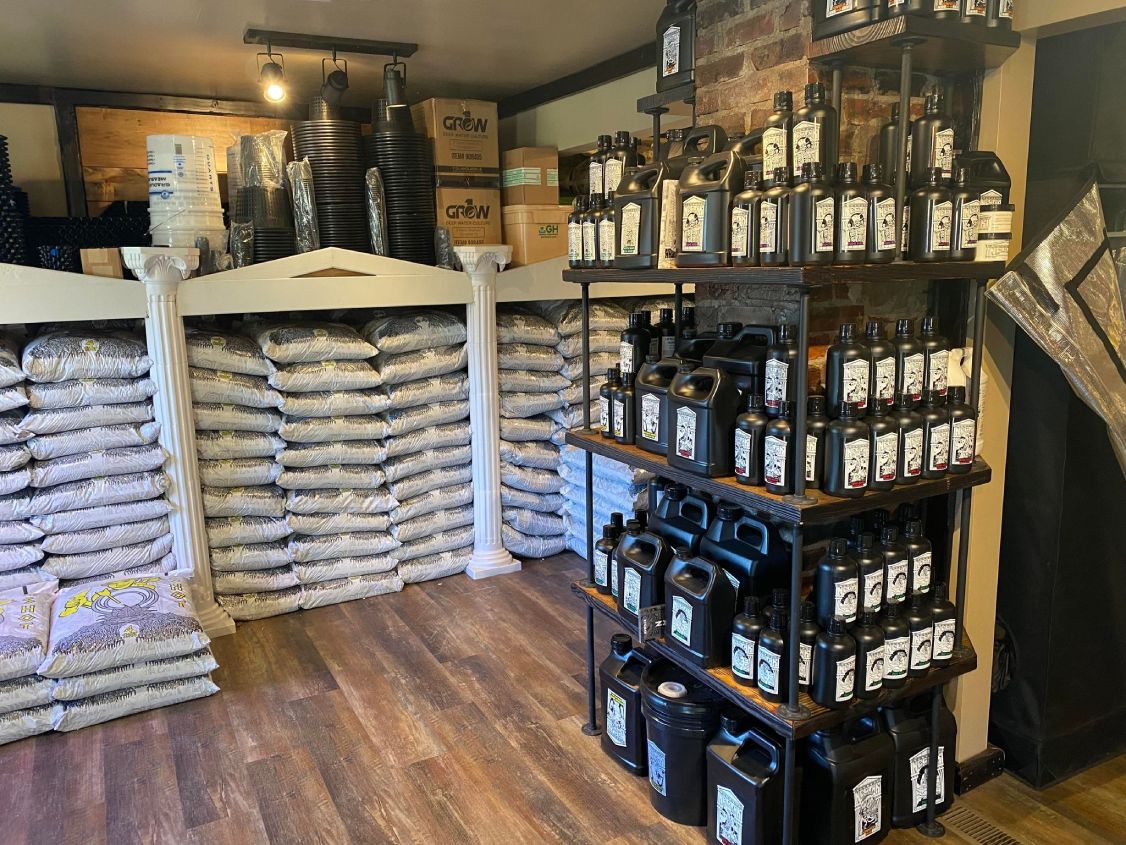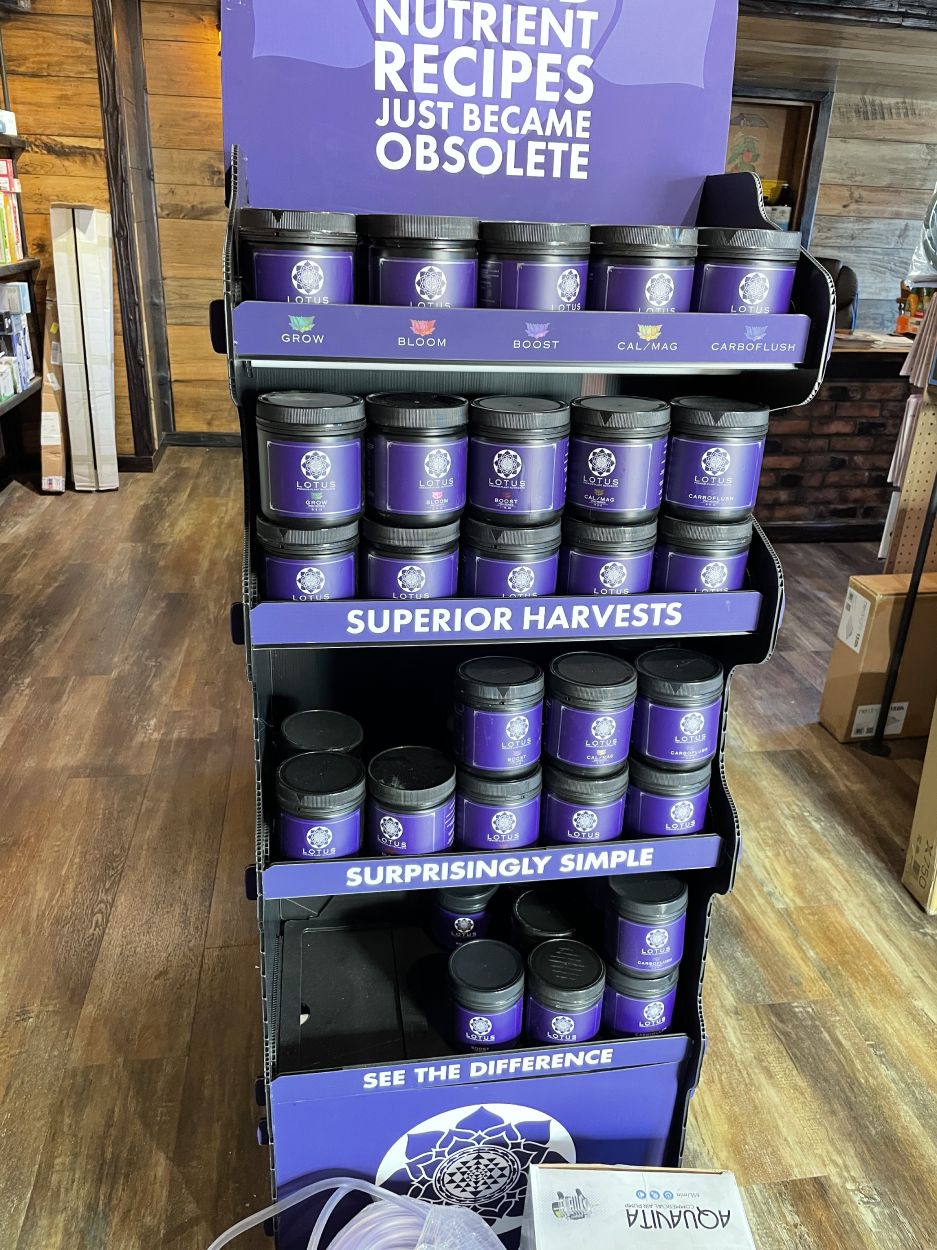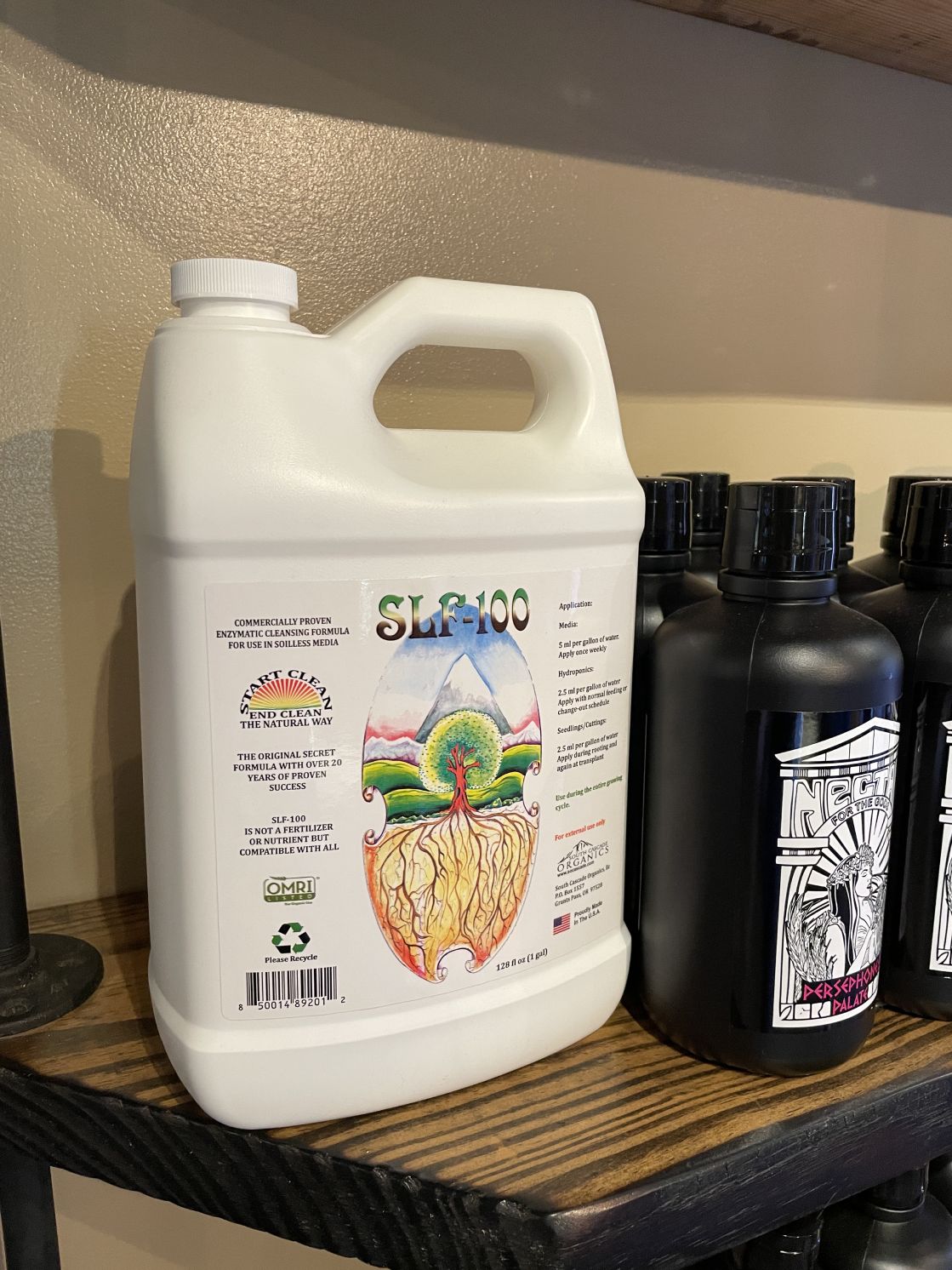Raise Your Gardening Video Game: Introduction The Indoor Earthworm Growing Method
Wiki Article
Unlocking the Potential of Hydroponics: Recognizing Its Uses and Different Kinds
Hydroponics, an approach of cultivating plants without soil, has actually amassed enhancing focus for its potential to transform farming and cultivation practices. The precision control over nutrient delivery, water usage, and ecological variables offers a peek right into a future where food production can be optimized in various setups. As we browse via the intricate landscape of hydroponic systems and techniques, it comes to be noticeable that each approach holds distinct benefits and restrictions. By untangling the varied uses and sorts of hydroponics, we can reveal a globe of possibilities that may improve just how we envision lasting farming and horticulture techniques.Benefits of Hydroponic Systems

One more advantage of hydroponic systems is the ability to expand plants in a smaller space. Hydroponic systems lower the danger of soil-borne diseases and parasites, as there is no dirt to nurture these risks.
Common Utilizes in Agriculture

Provided the effective water conservation and space-saving benefits of hydroponic systems, it is noticeable that these cutting-edge agricultural approaches have located usual usages in various fields of agriculture. The regulated environment of hydroponic systems allows year-round cultivation, offering a regular supply of fresh produce no matter of external climate conditions.
Hydroponics is commonly made use of for expanding a variety of plants, including leafed greens, tomatoes, cucumbers, peppers, natural herbs, and strawberries. Its flexibility reaches vertical farming, metropolitan farming, and greenhouse production. In addition, hydroponic systems are used in study and instructional settings to examine plant cultivation, development, and nutrition methods. The flexibility and performance of hydroponics make it an important tool in modern-day farming, addressing the difficulties of sustainability, food protection, and resource optimization.
Discovering Various Hydroponic Techniques
Hydroponic systems offer a variety of methods that provide to different plant types and farming goals. Furthermore, the Ebb and Circulation system, also understood as the Flood and Drain system, periodically floods the plant roots with nutrient remedy, enabling for oxygenation throughout draining periods. Each of these strategies showcases the flexibility and efficiency of hydroponic systems in boosting plant growth and return.Contrasting Different Hydroponic Equipments
Discovering the effectiveness and return enhancement strategies in hydroponics leads us to compare numerous hydroponic systems offered for crop growing. Each hydroponic system has its one-of-a-kind features, advantages, and restrictions, making it essential for farmers to select one of the most appropriate system based upon their specific requirements and restraints.One of the most common hydroponic systems is the nutrient film method (NFT), where a thin movie of nutrient service constantly flows over the plant origins. you could try these out In comparison, the deep water society (DWC) system immerses plant origins directly into the nutrient option, giving ample oxygen and nutrients.
One more popular hydroponic system is the ebb and circulation (or flood and drainpipe) system, which regularly floods the plant origins with nutrient service before draining it. By comprehending the distinctions between these hydroponic systems, growers can make informed choices to make best use of plant yield and quality.
Technologies in Hydroponic Modern Technology
With innovations in hydroponic innovation, the agricultural industry is witnessing a change towards extra sustainable and effective cultivation approaches. Technologies more info here in hydroponic technology are revolutionizing the method plants are expanded by optimizing yields, preserving resources, and reducing ecological impact. One crucial innovation is the advancement of clever hydroponic systems that use sensing units and automation to check and adjust environmental problems such as pH degrees, nutrient focus, and light exposure in real-time. These systems allow exact control over growing conditions, bring about optimum plant growth and higher plant returns.An additional notable advancement is the integration of vertical farming strategies with hydroponic systems, permitting for the farming of plants in piled layers. This vertical approach makes the most of space usage, making it optimal for city settings where land schedule is restricted - The Indoor Earthworm. In addition, using advanced LED illumination systems customized to certain plant needs has actually improved power performance and enhanced development rates in hydroponic configurations
Technologies like these are driving the development of hydroponics, making it a sustainable and highly attractive option for modern agriculture.
Final Thought
In final thought, hydroponics provides various benefits in agriculture and has different techniques and systems that can be made use of to maximize its potential. Developments in hydroponic innovation continue to improve efficiency and sustainability in food manufacturing. By comprehending the uses and various kinds of hydroponic systems, growers and farmers can unlock the complete capacity of this ingenious approach of growing plants without dirt.Additionally, hydroponic systems enable for better control over nutrient levels, pH equilibrium, and environmental conditions, leading to healthier plants and greater yields.

Report this wiki page